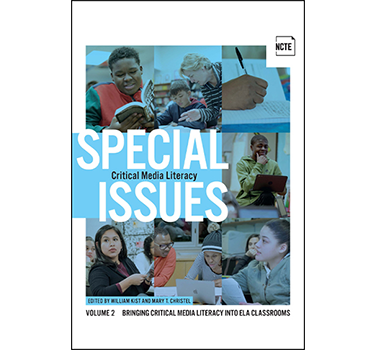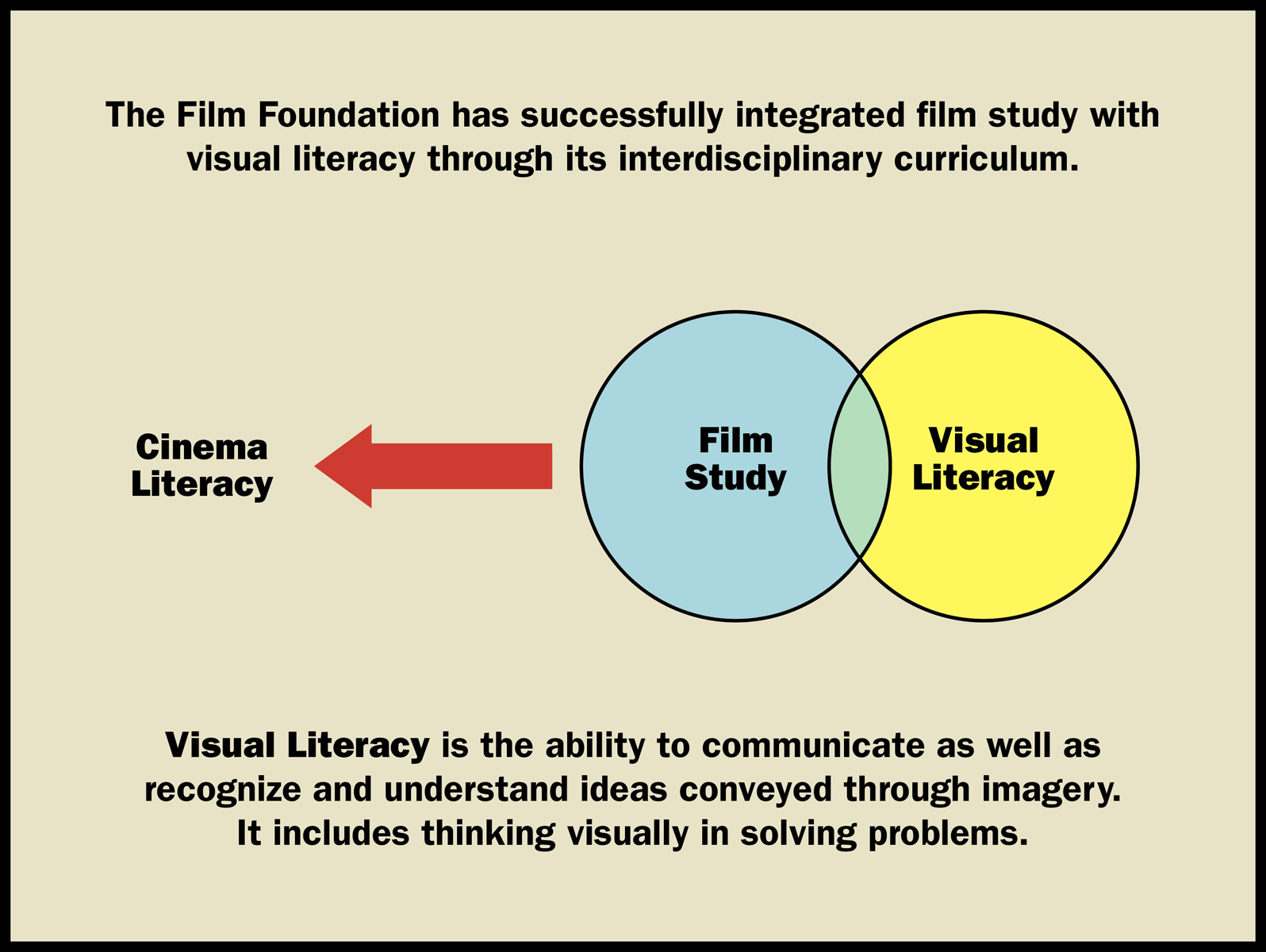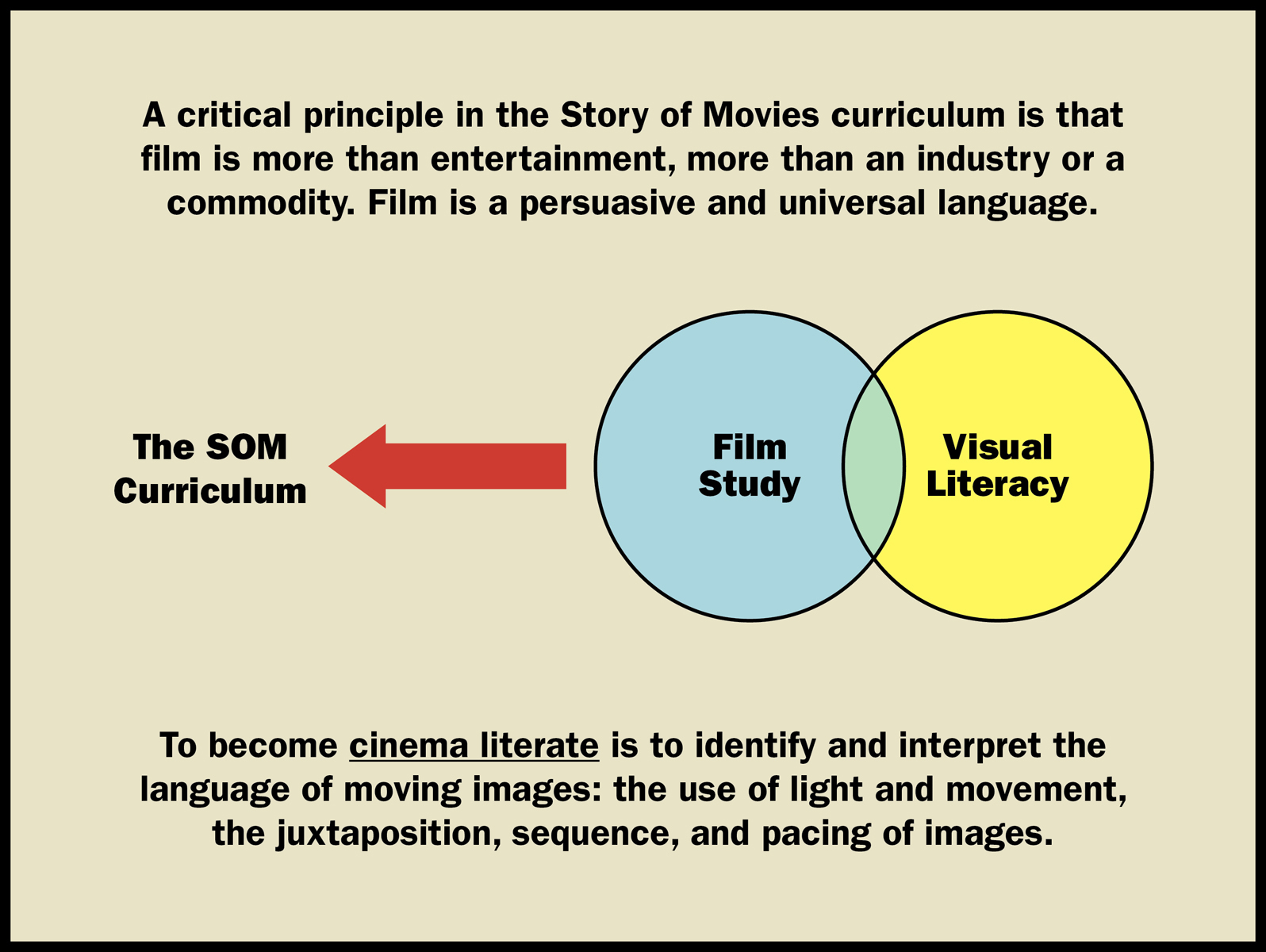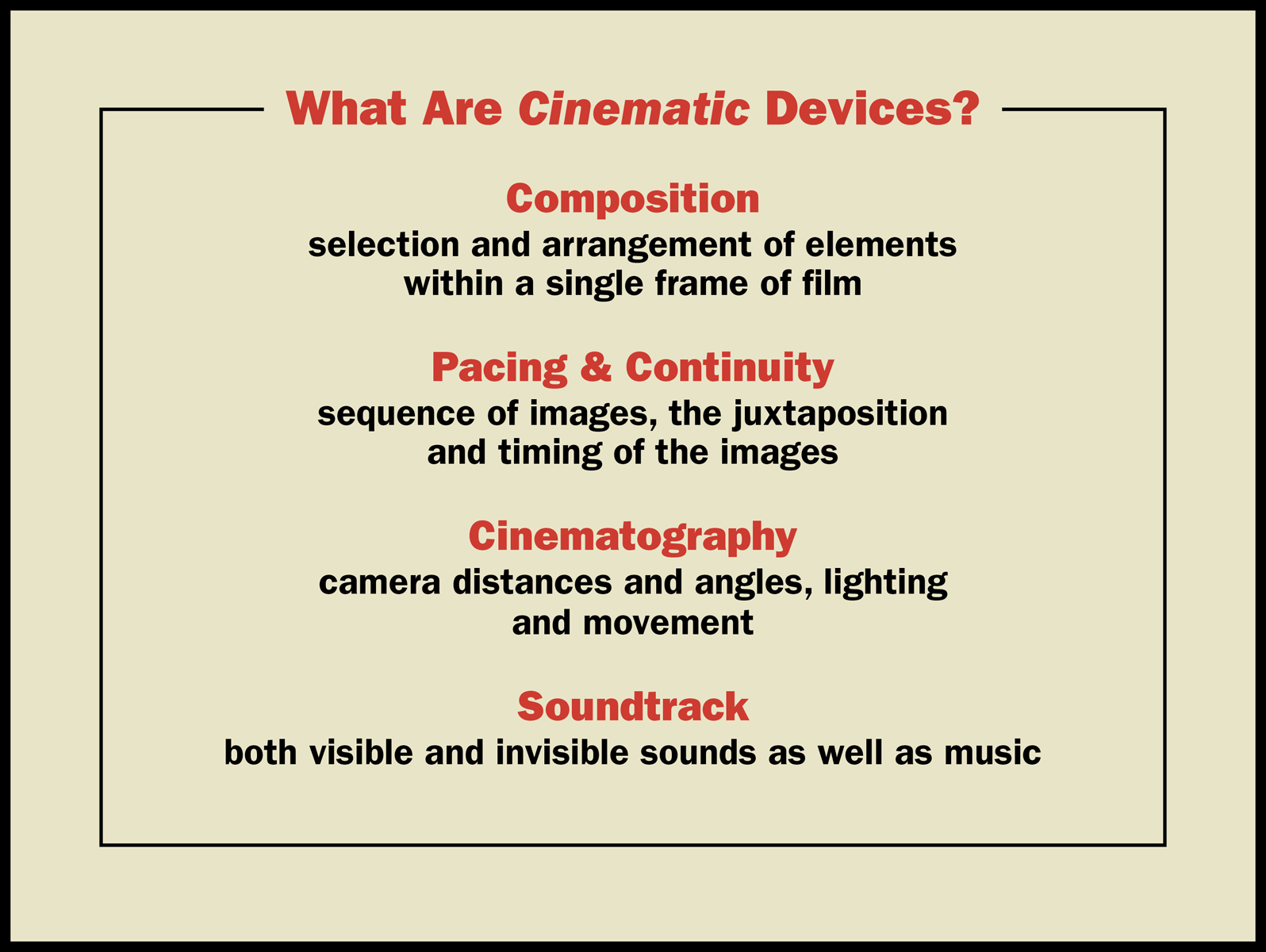Film and Visual Literacy in the 21st Century
From the beginning of civilization, images have played an essential role in communication. In the 20th century, moving images changed not only how the world communicated but also how we viewed other people and cultures, and ourselves. Moving images play a huge role in our understanding of current events as well as in forming our decisions about who we elect as our government leaders. Moving images can educate and inform as well as entertain. In the 21st century, the ability to read critically and evaluate moving images is an integral part of literacy. How can we best approach teaching moving images in the classroom?
Teachers have been using moving images in general—and movies in particular—for many years, but often in a piecemeal way. Having students watch a film that is an adaptation of a work of literature, such as To Kill a Mockingbird, is often treated as a reward for reading, or the viewing is approached as a compare-and-contrast activity. This "read-the-book, watch-the-movie" approach has limited value. Students use the film to decode the book. This shortchanges both the book and the film because students aren’t learning the language of film.
In the “read-the-book, watch-the-movie” approach, questions focus on comparing one storytelling medium with another. The teacher might ask, for example, what part of the novel did the film get right, or wrong? In a multi-disciplinary approach, questions focus on the content area. For example: What can you learn about segregation by watching this movie? or What can you learn about American history by watching this film? This approach also has limited value.
In contrast, The Story of Movies is an interdisciplinary curriculum. In this approach, questions focus on how and why filmmakers create meaning through visual and audio representations. For example: How do the filmmakers depict social classes in the rural South? It is this approach that best teaches students film language, and helps them to become cinema literate.
Three key characteristics define The Story of Movies curriculum:
- First, film is a language. In this program, students study the ways in which images are framed, sequenced, paced, and combined with sounds. They analyze the purpose of a shot as well as its suggested meaning and intended effect.
- Second, film is a cultural document through which we can explore the values and social issues of the past. This does not mean asking what part of history a film got right or wrong. Instead, students explore the historical period in which the film was made and the social issues relative to the film’s themes.
- Third, film is a collaborative art. The movies seen in a theater or at home are the result of the collaboration of many different professionals and artisans. Their knowledge and talents span science and cinematography, literature and language arts, music, art and design, and digital technology. Students learn about the various filmmaking roles and how professionals collaborate to create a dramatic structure, all guided by the director’s vision.

